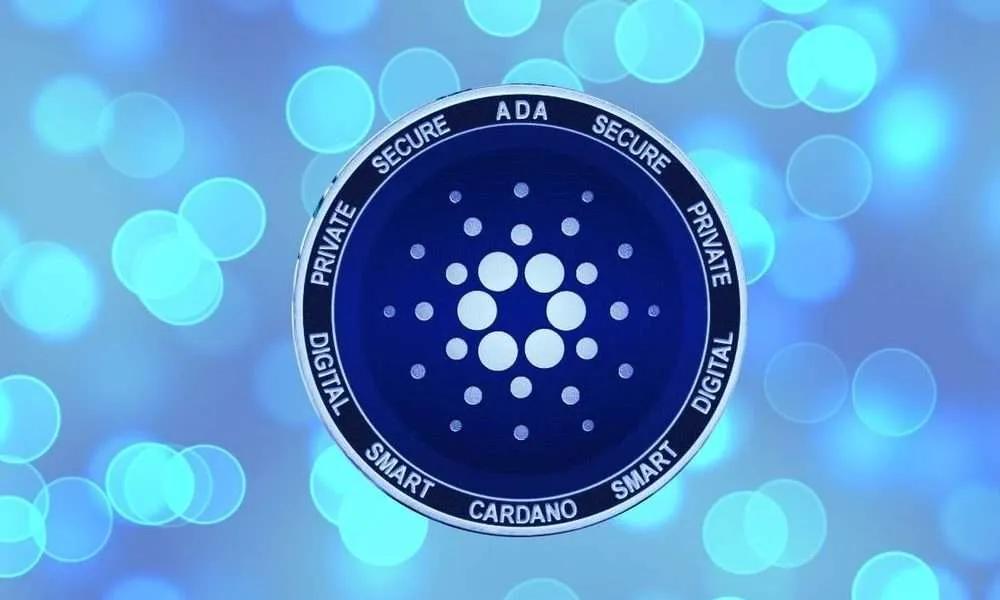- Ethereum developers have successfully conducted the shadow fork by stress-testing the upcoming software upgrade.
- Ethereum developers continue their progress ahead with The Merge as enthusiasts eagerly wait for Ethereum 2.0.
The Ethereum Foundation is taking every measure ahead of the launch of its much-awaited software upgrade The Merge. On Monday, April 11, Ethereum developers conducted a stress test with its so-called mainnet shadow fork.
Ethereum developer Marius Van Der Wijden said that the test discovered a bug, however, the deployment was almost seamless. The Ethereum Foundation has been leveraging “shadow forks” for making its testnet closely resemble the Ethereum mainnet. Ethereum DevOps engineer Parathi Jayanathi also put some light on the “shadow forking”. He writes:
To shadow fork an existing testnet, we take its config and add merge related fields such as Total Terminal Difficulty (TTD) and Merge Fork Block (for peering, forkID changes). In doing so, we essentially inherit the state/txs of the canonical testnet.
Inheriting the state of existing testnets allows us to stress test our sync assumptions as well as assumptions around how long it takes to build a block/timeouts. Since we stay connected to the peers on the canonical chain, we import some of their transaction gossip as well.
He added that the developer team has done three shadow forks of the Goerli testnet finding “bugs varying from sync code to request timeout”.
An Ethereum “shadow fork” basically refers to copying data from the Ethereum mainnet to a testnet wherein the developers can test their features before deploying the work to the main network. Thus, this test environment more closely resembles the mainnet.
So far, the Ethereum “shadow fork” network has processed a total of 1.8 million transactions. The average block time for these transactions is 13.8 seconds.
Preparing for The Merge upgrade
Ethereum developers have been working on The Merge upgrade to combine the execution and the consensus layers. The existing Ethereum blockchain network is the execution layer wherein the miners validate transactions.
After ‘The Merge‘, the ETH stakers will take the charge of validating transactions while putting miners out of jobs. This is because the Ethereum 2.0 is a Proof-of-Stake (PoS) network that will likely cut Ethereum’s energy use by a staggering 99 percent.
Furthermore, The Merge upgrade will drastically improve the Ethereum blockchain scalability. This will reduce network congestion and bring down transactions costs significantly. Ethereum is home to some of the most popular decentralized finance (DeFi) applications. However, many DeFi protocols have been moving to other Layer-1 Ethereum-alternatives.
But the Ethereum 2.0 upgrade will be able to handle a large number of DeFi apps running on the platform. Some analysts believe that Ethereum 2.0 will be a “bullish catalyst” for the Ethereum network.





